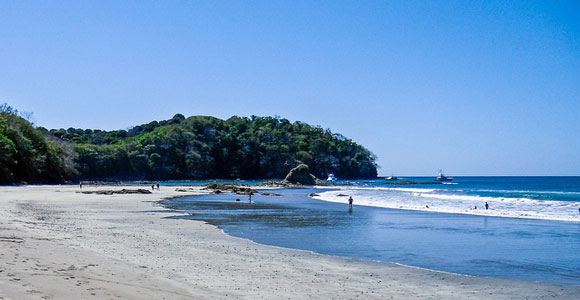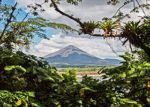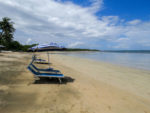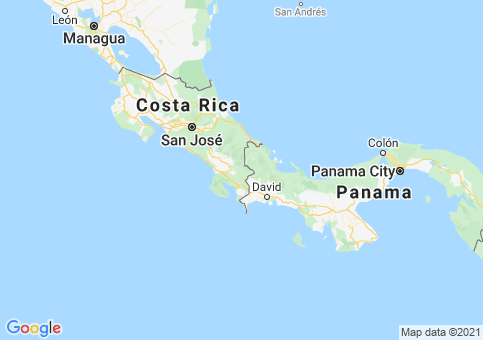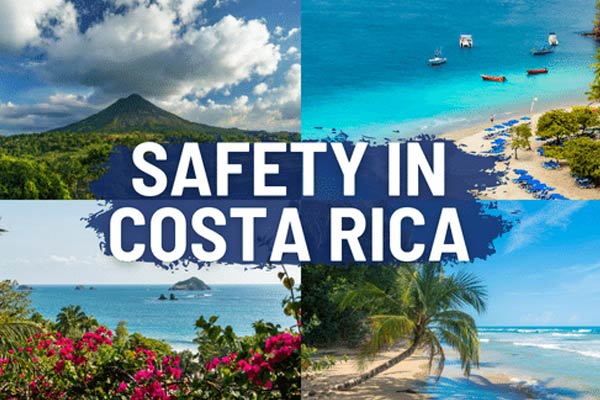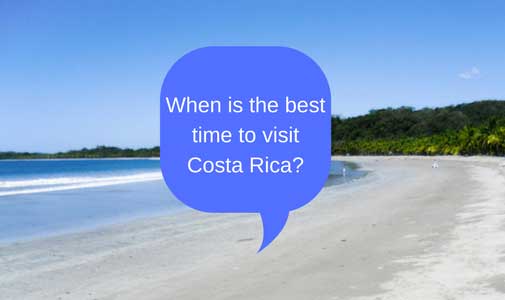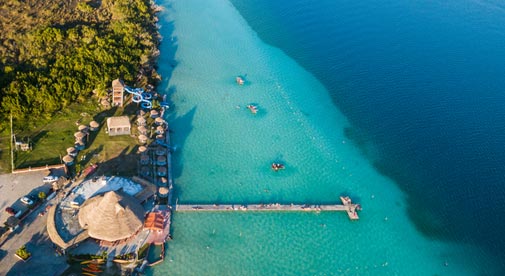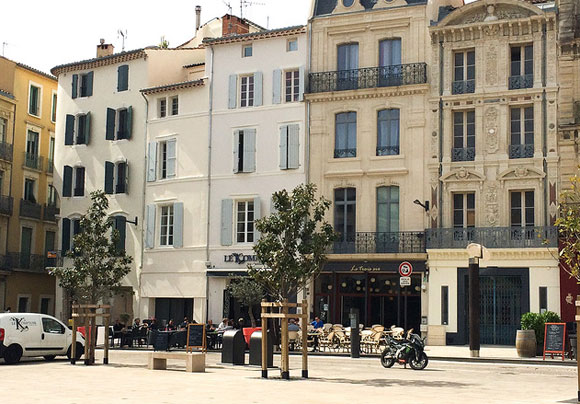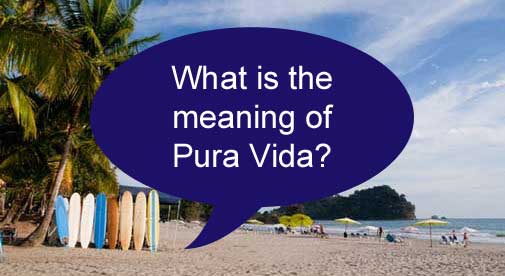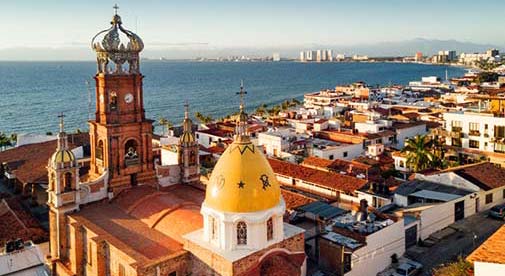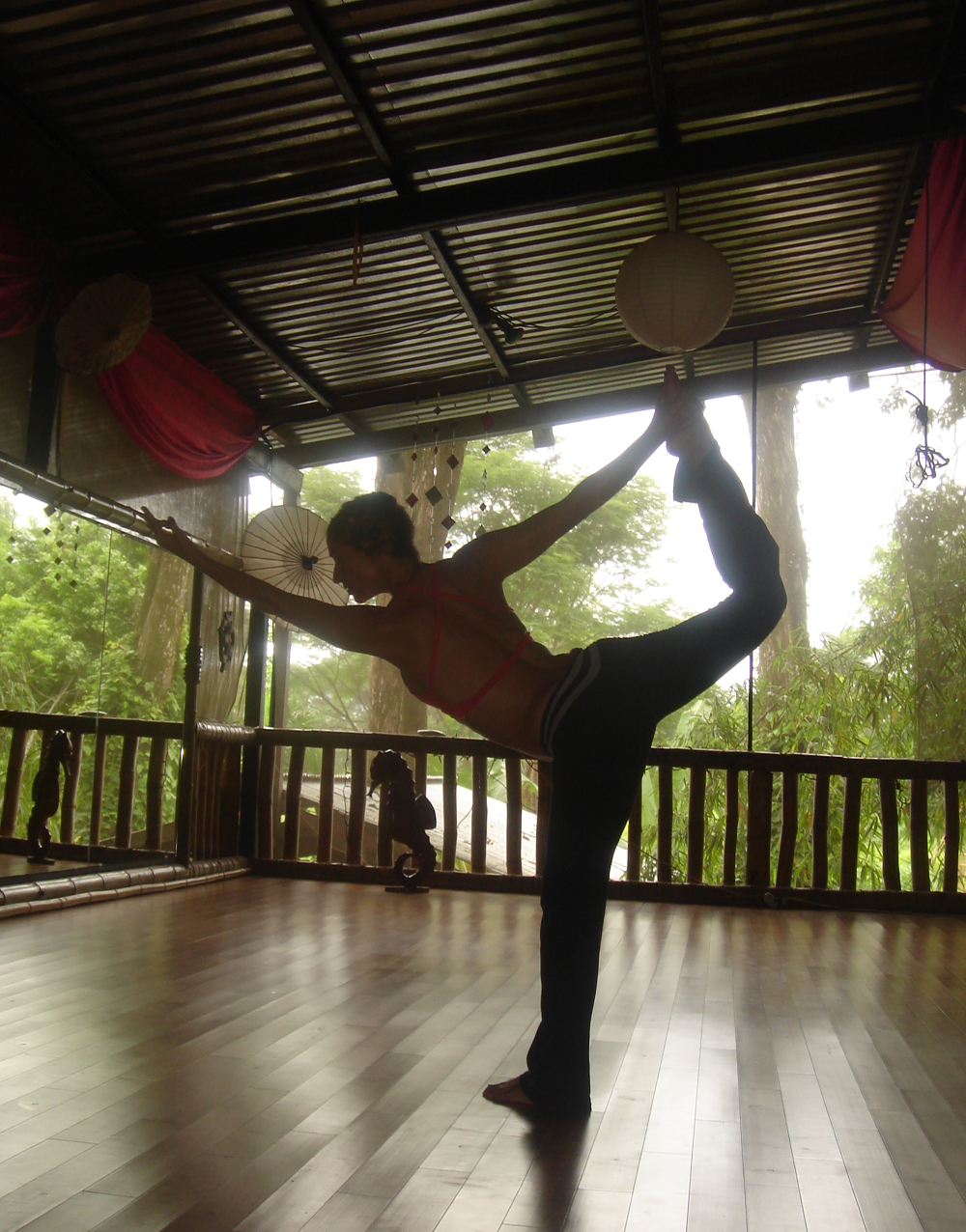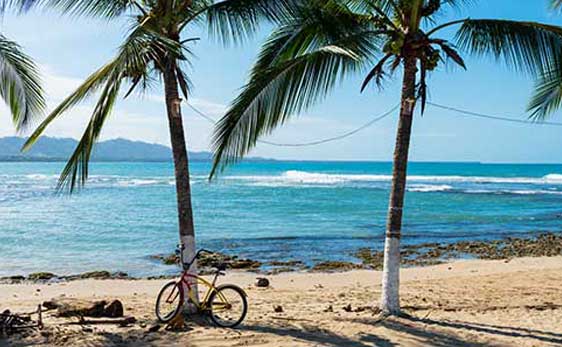Central America’s Retirement Gem: Stable, Easy, and Affordable Costa Rica
Costa Rica is a beautiful country, with long stretches of deserted and undeveloped beaches…dense jungles teeming with exotic wildlife…towering volcanoes, lush green valleys, and hundreds of crystal-clear lakes and rivers…
Not only that, but the country offers a great climate year-round, neighborly atmosphere, no-hassle residence programs, excellent healthcare, a stable democracy, and safety and security. It doesn’t hurt that many retired couples report living well on $2,000 a month—that includes all their costs.
For these reasons, as well as the welcoming locals who are warm and friendly to new foreign neighbors, Costa Rica has been an expat haven for more than 30 years.

That’s another bonus: you don’t have to be a pioneer in Costa Rica. There are well-established expat communities throughout the country. Things are “set up” so to speak, when it comes to shipping your household goods, using the healthcare system, buying property, and more. And by following this well-trodden path, your transition to your new life is much easier.
It’s small, about the size of West Virginia. But the variety of landscapes, climates, and lifestyles in Costa Rica is amazing. You have the rainforests, wild beaches, and charming seaside villages of the southern Pacific coast, also known as the Southern Zone.
A Landscape and Lifestyle for Every Taste

There are the bustling market towns surrounded by sugar cane fields and coffee plantations of the Central Valley. Around the pristine 33-square-mile Lake Arenal, expats have taken up residence on the verdant hills rising from the shore, with vast lake views from their homes. On the Caribbean coast, life is laidback and moves to the rhythm of reggae. And that’s just a small taste of all Costa Rica has to offer as far as places to live.
With all these different climates and landscapes, it’s no wonder that this Central American jewel is also one of the most biodiverse spots on the planet. With just 0.03% of the earth’s surface within its borders, the country has an estimated 5% of the world’s species. In Costa Rica, this natural world surrounds you, putting the country on the forefront of eco-tourism and eco-living. Sloths, capuchin monkeys, toucans, and scarlet macaws will be your new neighbors.

And no matter which location you choose, you can benefit from bargain real estate, whether you buy or rent. Three-bedroom homes in the Central Valley start at $119,000 to buy and $500 a month to rent. And two-bedroom condo, a short walk to the beach on the central Pacific coast, in a lively town will cost about $700 a month, and a similar property is selling for $165,000. Deals like this can be found throughout the country.
Another big bonus is the high-quality, low-cost healthcare. There are two systems: private, for which you can pay cash or use insurance, and the government-run public system which you join when you become a legal resident. Overall, expats in Costa Rica pay a fraction of what they did back home for healthcare.
All these advantages make Costa Rica a premier destination for those looking for a secure, fun, and active retirement surrounded by new friends in a beautiful setting.
Where is Costa Rica?

Bordered to the north by Nicaragua and to the south by Panama, Costa Rica has both a Pacific and Caribbean coast. The country’s population of 4.9 million, is about the size of West Virginia. But, Costa Rica packs a lot into this small territory, with a diverse variety of climates, landscapes, and lifestyles.
Video: Retire in Costa Rica in 2023
Pros and Cons of Living in Costa Rica
By Kathleen Evans
I hear it all the time, “You’re living the dream.” Regardless of how idyllic my life looks to my social media friends and followers—it is not perfect. Just like living anywhere in the world, there are pros and cons attached to that particular location. Costa Rica tips the scale for me—and most expats who live here—in the pro category.
Good/Affordable Medical Care

Pro: There are many healthcare options in Costa Rica—first is the universal medicine program, called the Caja. Once residency is acquired, you simply pay monthly into the program and your medical care is covered. The payment is typically 7% to 11% of your reported income, so for most, it is quite affordable. There are also well-known international private healthcare policies available, which are much more affordable than a similar policy in the U.S. The private healthcare sector is top-notch. Some expats choose to pay out-of-pocket for medical expenses, especially those in excellent health. Paying directly for treatments in Costa Rica can save you 40% to 80% of what the same procedure costs in the U.S. For example, a doctor’s visit typically costs around $50 and a specialist $80. There are both public and private medical centers throughout the country, with the best of them being around San José, the Costa Rican capital.
Rain

Con: Sometimes the height of rainy season (September to October) it gets pretty darn soggy. You might have to put on galoshes to walk around your property. The dog needs mud rinsed off after every walk. You have to drive out of your way to get somewhere because the river crossing is now too dangerous.
Pro: The rain is also glorious. It keeps dust down and turns the forests into awe-inspiring rich shades of green. It gets those whitewater rivers cranking to level 5’s and supplies drought-ridden areas with necessary annual water. Many expats come to embrace the rain for a change of pace after all that sunshine and there are rarely days with rainfall throughout the day.
Healthier Lifestyle

Pro: There is no doubt that the majority of retirees and expats report living a healthier lifestyle in Costa Rica than they did in their home country. The weather is warm to temperate. It encourages you to get outside. There is no six-month winter hibernation. It is an active country with so many options to get you moving, from salsa dancing, to jungle hiking, beach walks to golf, and surfing to mountain climbing. There is also an abundance of fruits and vegetables and fresh seafood available. In many smaller communities, fast food is nonexistent and processed foods are minimal. With a change in diet and more activity, it is typical you will start seeing a positive transformation in Costa Rica.
Driving

Con: Somehow Costa Rica went from the best road system in Central America over half a century ago to, in my opinion, one of the worst. Of course, the major “highways” are paved, as are most primary roads. But you get into the secondary roads of Guanacaste, the Southern Zone, and the Caribbean side and you will find unpaved roads with potholes, exacerbated by rainy season which turns the thoroughfares into mud pits or small rivers. The lack of signage, street names, and an insufficient number of drivers with any proper training will urge any motorist to think twice about getting behind wheel in Costa Rica. I do drive here. But cautiously.
Peace, Safety, and Family

Pro: Costa Rica abolished their military in 1948 and pledged that budget to education and healthcare. It is overall a peace-loving nation and is often referred to as the “Switzerland of Central America.” I feel safer here than I do back in the U.S. Family comes first and they work to live, not live to work. Therefore, it is important to spend time with family and friends. The Costa Ricans (ticos) are respectful of other cultures and the government recognizes same-sex partnerships as far as dependent spouses.
Bureaucracy

Con: Yes, every country has it. Frustrating red tape. The sudden change in rules of which no one is aware. The long waits at government offices or healthcare clinics. The four different answers you receive to your question at the bank, depending on which teller you ask. The helpline phone numbers that no one actually answers.
Shipping

Con: Shipping is improving. Slowly. But if you are an Amazon junkie, you will either have to go on the wagon or pay some pretty hefty prices to ship to many parts of Costa Rica. There are places in the country even UPS does not service. The lack of addresses makes receiving postal items hit or miss; and the possibility of finding your items hung up in customs indefinitely is a reality.
Flight Choices

Pro: Although just the size of West Virginia, the country has two major international airports with daily flights on every North American airline from major gateway cities. Between these airports, it is easy to get to the country’s most popular destinations within an hour or two. Depending on the season and route, you can find flights as low as $400 round-trip. With that ease of travel, it is convenient to get back home for special occasions or easily receive visitors.
Lost in Translation

Con: Until you are near fluent, there will be things lost in translation. Frustrating moments on the phone are typical and misunderstandings will happen, especially when you only understand part of the conversation.
Pro: It is such a fun prospect to learn a new language. It takes you out of your comfort zone and exercises your brain. And studies show a well exercised brain staves off memory issues. Thankfully, Costa Ricans are quite patient with new Spanish speakers.
Lower Cost-of-Living

Pro: You will not find “screaming” deals in Costa Rica. That ship has sailed. However, you can definitely find a way to spend a lot less money here compared to living in the U.S. For example, if you were to take our well-appointed, two-bedroom, two-and-a-half-bathroom condo with a partial ocean view and compare it to downtown living in San Diego, Austin, or Boston, our place would easily cost three to four times more. Our annual real estate taxes are just 0.25% of our registered value. In those savings, we can pay six months of our bills. CD’s earn a much higher interest percentage in Costa Rica (5% to 9% depending on the terms)—so we are actually earning money from moving a 0.5% CD from the U.S. to Costa Rica. We also save on food costs when we buy at the local farmers market (feria). And living in a tiny community, there is little temptation to buy designer items. In fact, very few people have the “Keeping up with the Joneses” mentality. It is quite refreshing.
Slower Pace
Pro: My final thought is both a pro and a con. When my husband, Steve, and I made the ultimate decision in 2013 to put the wheels in motion for this international move, I was longing for a slower pace of life. My sales career in corporate America beat me up for two-and-a-half decades. I was longing to slow my life down with a leap from the roller coaster—for my sanity and my health.
Costa Rica offers that chance to stop and smell the roses. Life is primary, work is secondary. I love long walks on the beach and the “tranquilo pura vida” attitude. Until I am waiting for a friend to show up for lunch 30 minutes late or that cable guy who was supposed to be here yesterday, or two days ago, but never told me. Things mover slower here. And for a North American from the corporate world, occasionally this pro becomes a con.
Frequently Asked Questions About Costa Rica
The latest census has shown Costa Rica has a population of 5,097,988. The new census could highlight an increase in this number.
Depending where you are in the country the climate can vary. Typically Costa Rica is tropical and subtropical; dry season (December to April); rainy season (May to November); cooler in the highlands.
The official language spoken in Costa Rica is Spanish. This is due to the Spanish Conquest of Costa Rica in 1561 in Nicoya Bay.
Costa Rica has a huge amount of popular destinations including: Puerto Viejo, Nosara, Cartago, Guanacaste, Jacó, La Fortuna, and Tamarindo.
Costa Rica has two international airports Aeropuerto Internacional Juan Santamaría near San José, and Aeropuerto Internacional Daniel Oduber Quirós, near Liberia in Guanacaste.

